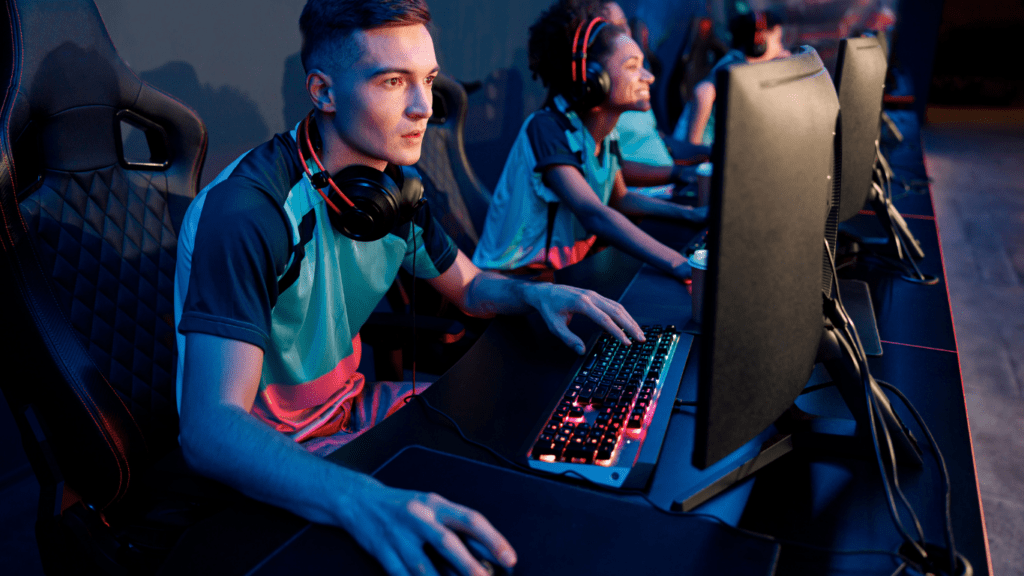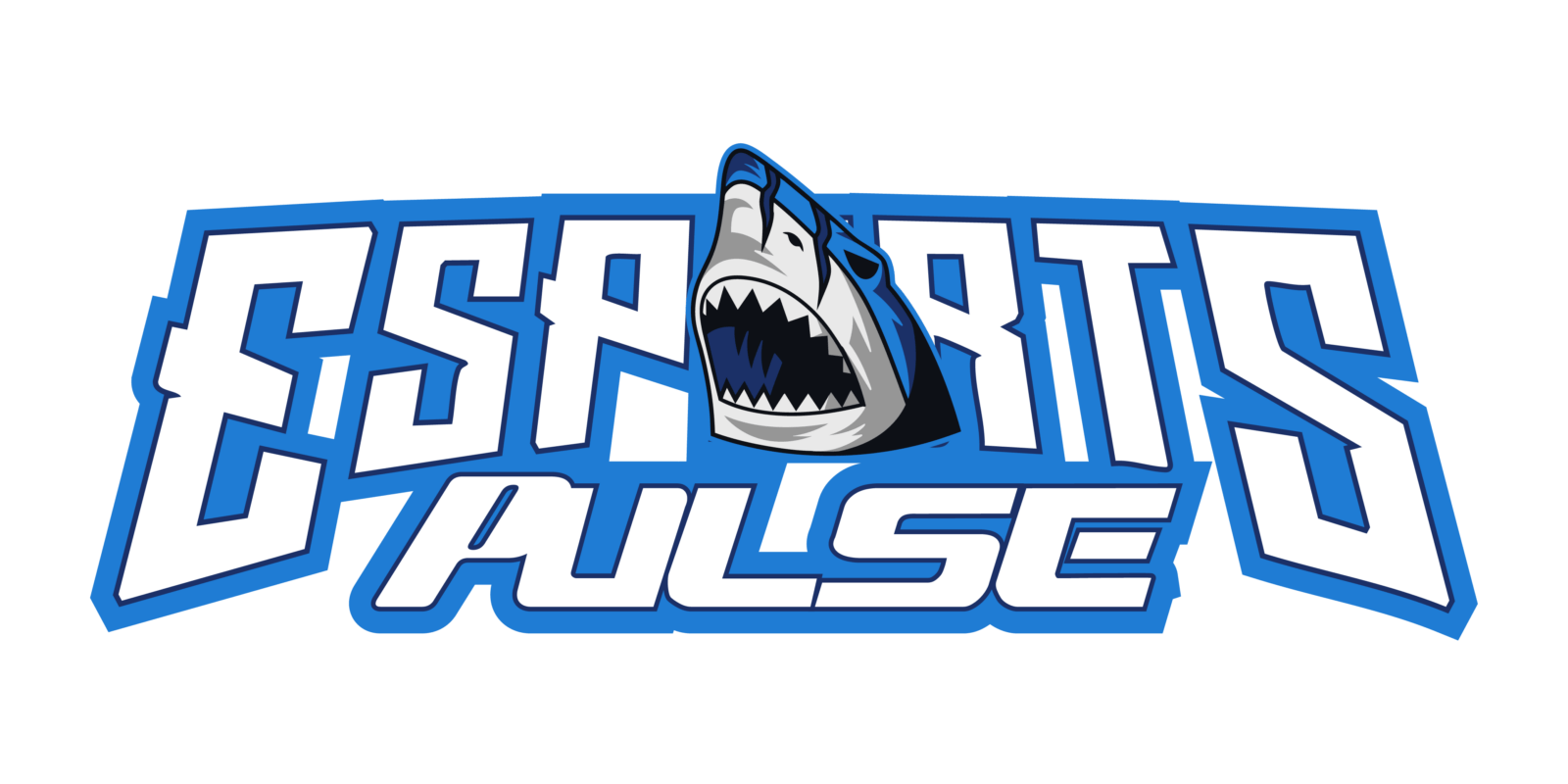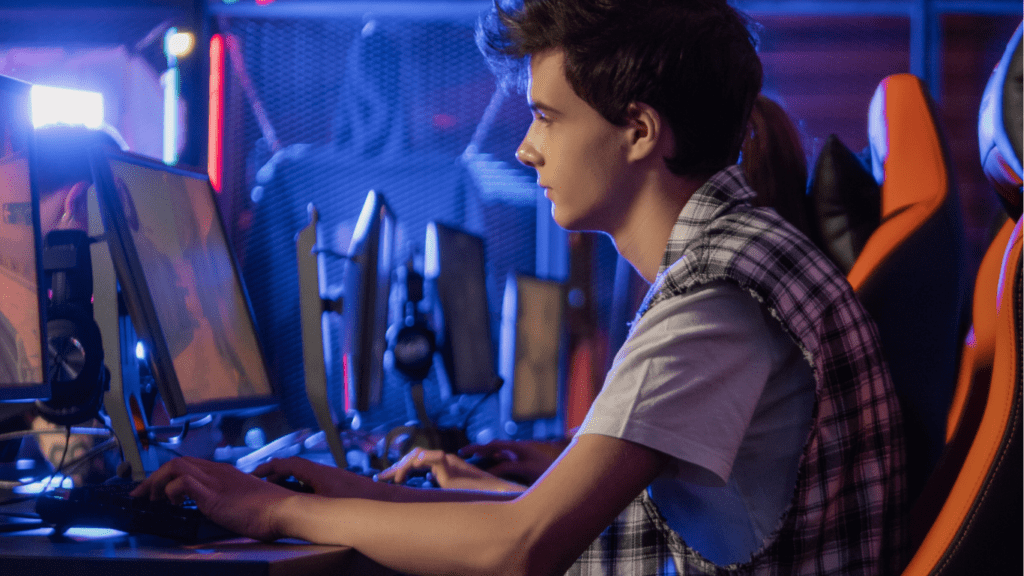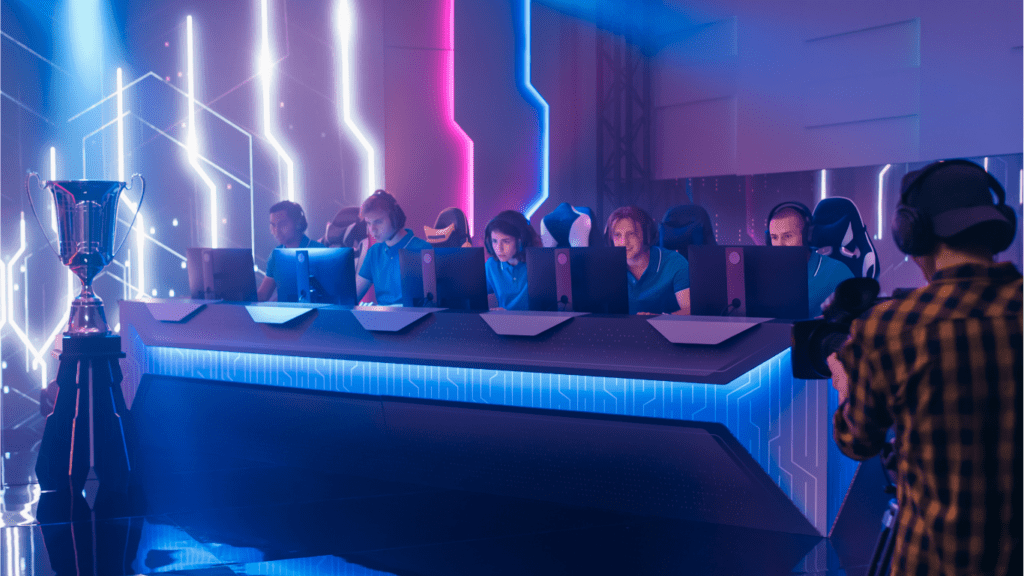In the fast-paced world of esports, skill and strategy often steal the spotlight, but there’s a hidden force that truly sets the great teams apart—team chemistry. It’s not just about how well players perform individually; it’s about how they connect, communicate, and trust each other when the pressure’s on. Without that bond, even the most talented rosters can crumble.
What Is Team Chemistry In Esports?
Team chemistry in esports refers to the dynamic relationships between teammates that influence how effectively they collaborate in-game and outside it. It combines communication, trust, and shared understanding to create seamless coordination during matches. Teams with strong chemistry anticipate each other’s actions, make faster decisions, and adapt to evolving strategies.
Effective team chemistry goes beyond mechanical skill. It aligns individual motivations with collective goals, ensuring players stay united through challenges. For example, championship teams like T1 in League of Legends or Astralis in CSGO thrive on synergy between members rather than sheer individual brilliance.
Cultural compatibility also plays a role in chemistry. Players from diverse backgrounds who align on core values and respect each other’s perspectives often perform better in high-stakes tournaments. This balance of technical skill and interpersonal harmony defines esports dynasties.
The Role Of Team Chemistry In Building A Dynasty

Team chemistry underpins the foundation of every successful esports dynasty. It transforms individual skills into cohesive performance, ensuring teams excel under pressure and adapt to challenges.
Communication And Coordination
Effective communication drives in-game decision-making. Teammates exchange real-time updates, enabling synchronized strategies. Quick, clear calls during chaotic moments provide an edge in split-second situations. Consistent coordination outside the game, such as during strategizing sessions, strengthens gameplay execution. Examples include Astralis refining their utility usage in CSGO through meticulous practice and clear team dialogue.
Trust And Accountability
Trust ensures players rely on others to perform their roles without second-guessing. Teams like T1 in League of Legends maintain trust by fostering open feedback channels and rehearsing responsibilities extensively. Accountability reinforces this trust. When mistakes occur, teammates acknowledge them, learn, and adjust. This culture minimizes disruptions, aligning individual efforts with team success.
Conflict Resolution
Disagreements are inevitable, even in top-tier teams. Resolving conflicts constructively prevents long-term issues from derailing performance. Open forums, managed discussions, and team mediators address disputes effectively. Organizations like Team Liquid emphasize conflict resolution through coaching staff, ensuring interpersonal friction doesn’t spread to gameplay. Proactive dispute management sustains harmony during high-stress seasons.
Key Ingredients Of Strong Team Chemistry
Strong team chemistry in esports requires specific elements to align players’ abilities and foster seamless collaboration. These components directly influence team performance and championship consistency.
Shared Goals And Vision
A unified vision centers team dynamics around a common objective. Players perform cohesively when they pursue aligned goals, such as:
- winning championships
- securing long-term dominance
For example, teams like OG in Dota 2 set clear priorities that empower individuals to sacrifice personal glory for collective achievements. Shared ambitions also reinforce motivation during setbacks, maintaining focus on the bigger picture.
Adaptability And Flexibility
Dynamic team structures thrive on adaptability. In professional esports, strategies and meta shifts demand players to adjust their roles, playstyles, or approaches effortlessly. Teams like NAVI in CS:GO exemplify flexibility by incorporating diverse strategies while maintaining cohesion. This adaptability fosters confidence and resilience against unpredictable opponents and circumstances.
Emotional Intelligence
Emotional intelligence strengthens interpersonal harmony. Players with high emotional awareness manage stress effectively, resolve conflicts amicably, and maintain a supportive environment. For instance, esports organizations like Fnatic emphasize mental health training to promote understanding and empathy among teammates. Emotional intelligence ensures smooth communication and unity even during high-stakes, high-pressure matches.
Examples Of Esports Dynasties With Exceptional Team Chemistry
Several esports dynasties owe their success to exceptional team chemistry, where synergy and trust translated into consistent dominance. These teams redefined the impact of collaboration in competitive gaming.
Notable Success Stories
- T1 (League of Legends) – T1, spearheaded by Faker, became synonymous with excellence in League of Legends. The team’s coordination in high-pressure scenarios and mutual understanding allowed them to secure three World Championships (2013, 2015, 2016). Their ability to execute precisely under stress symbolized a perfect blend of individual skill and team unity.
- Astralis (Counter-Strike: Global Offensive) – Dominating CS:GO from 2018 to 2020, Astralis exhibited unmatched chemistry, winning four Major Championships. Their refined communication and reliance on strategic discipline helped them outmaneuver opponents, solidifying their legacy as the most decorated CS:GO team.
- OG (Dota 2) – OG’s back-to-back victories at The International 2018 and 2019 demonstrated how camaraderie and shared vision can lead to historic success. The team’s emphasis on trust and adaptability allowed them to thrive in ever-changing metas, setting a benchmark for cohesion in esports.
- San Francisco Shock (Overwatch) – With back-to-back Overwatch League Championships (2019, 2020), San Francisco Shock showcased harmony between veteran leadership and rising talent. Their ability to blend strategic teamwork with individual brilliance defined their reign.
Lessons Learned From Their Dynamics
- Effective Role Distribution – Teams like Astralis thrived by assigning clear individual responsibilities while fostering fluid communication. This approach minimized mistakes and ensured consistent performance during high-stakes matches.
- Resilience Through Adversity – OG embodied perseverance, overcoming setbacks by leveraging trust and flexibility within their roster. By adapting strategies without losing cohesion, they turned challenges into opportunities for growth.
- Synergy Beyond Gameplay – T1 emphasized relationships beyond the game. Their cultural compatibility and trust-based environment enabled long-term dominance despite evolving rosters and strategies.
- Commitment To Improvement – San Francisco Shock prioritized continuous learning, investing in mental preparation and strategy refinement. Their focus on growth helped sustain their success over multiple seasons.
- Esports dynasties like these represent the power of team chemistry in achieving excellence, proving that strong interpersonal foundations can drive consistent dominance.




